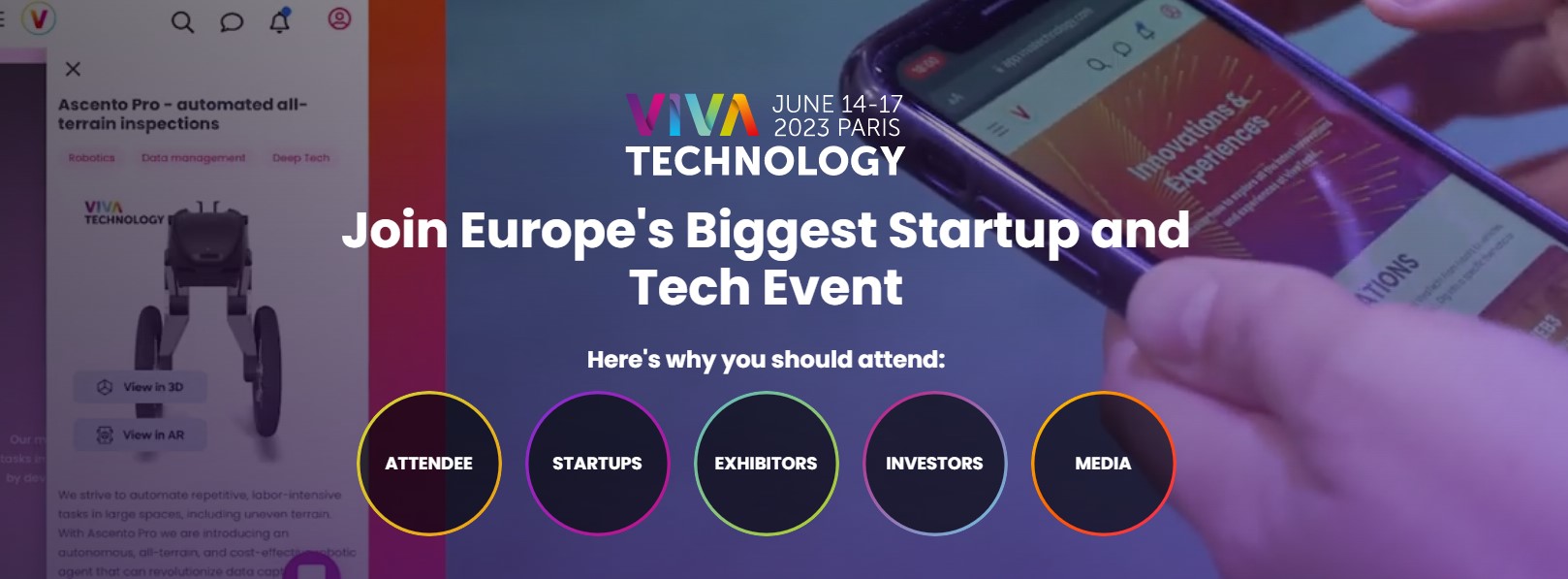
Venture capital: A type of private equity that provides capital to early-stage, high-risk companies with the potential for high returns.
Committed capital: This refers to the amount of money that investors have agreed to invest in the venture capital fund. It’s a
capital that the fund can count on, and use for its investments.
Organizational fees: These are fees paid by the fund to cover the costs of setting up the fund, such as legal and accounting fees.













